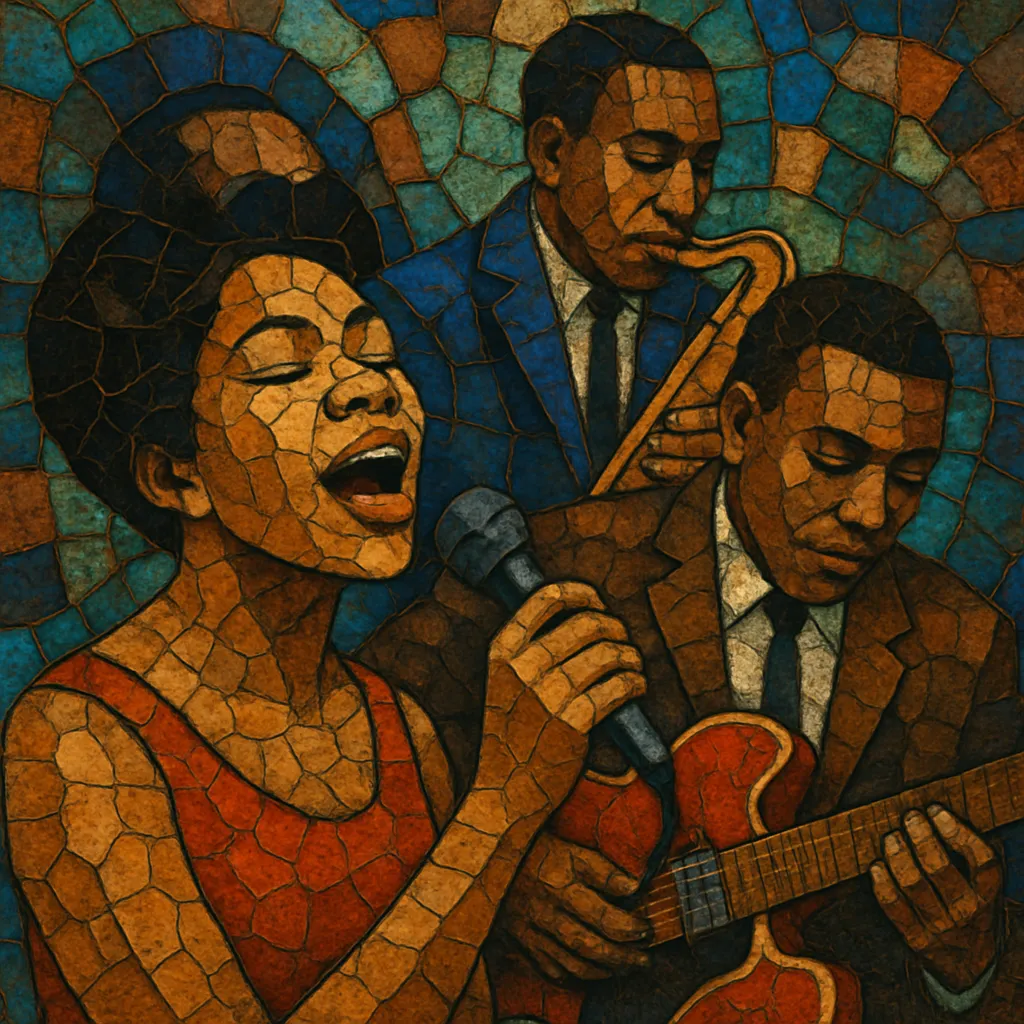Chicago soul is a smooth, melodic branch of 1960s soul music that grew out of the city’s rich gospel, doo‑wop, and rhythm & blues traditions.
Compared with the harder-edged Southern soul and the tightly percussive Motown sound, Chicago soul favors graceful string and horn arrangements, warm vocal harmonies, and a polished, pop-aware production aesthetic.
It is defined by clean rhythm sections, gospel-inflected leads (often with falsetto), call-and-response backgrounds, and lyrical themes that range from tender romance to community uplift and social conscience.
Key labels (Chess, Vee‑Jay, Okeh, Brunswick, and later Curtom) and producers/arrangers (notably Carl Davis and Johnny Pate) shaped a signature sound that balanced church-born emotion with urbane sophistication.
Chicago soul emerged as local gospel quartets, doo‑wop vocal groups, and R&B bands crossed over into more polished, pop-friendly material. The city’s established blues and jazz infrastructure (venues, musicians, and studios) provided deep talent pools. Labels like Vee‑Jay and Chess, and A&R figures such as Carl Davis, began refining arrangements—tight rhythm sections with lush horns and occasional strings—while gospel-seasoned singers brought emotive phrasing and church-derived harmonies.
The Impressions (with Curtis Mayfield), Jerry Butler, Gene Chandler, Major Lance, Walter Jackson, and producers/arrangers like Johnny Pate helped codify the style. Okeh and Brunswick became hubs for slick, danceable singles that still felt soulful and sincere. Songs balanced romantic narratives and socially aware messages, with elegant orchestrations and immaculate background vocals. Chicago’s sound was less raw than Southern soul and less mechanical than Motown, occupying a distinctive middle ground of warmth and sophistication.
As the decade turned, artists like The Chi‑Lites and Tyrone Davis folded richer string charts, smoother grooves, and subtle funk undercurrents into the palette. Curtis Mayfield’s Curtom label deepened the city’s identity, extending into conscious soul and soundtrack work. Chicago soul’s craftsmanship flowed into emerging funk, disco, quiet storm, and, later, hip hop via extensive sampling of its lush arrangements and memorable hooks.
Chicago soul’s hallmark—gospel-rooted vocals arranged against refined, pop-smart orchestrations—became a blueprint for subsequent strands of R&B and soul. It fed directly into Philly soul’s symphonic textures, inspired the Northern Soul scene’s dance selections, informed disco and house’s vocal aesthetics, and laid melodic and harmonic DNA that neo soul and contemporary R&B continue to draw from.
-
•
Start with a strong chorus hook and chord loop.
•Build a pocket with drums/bass, add piano/organ for harmonic glue.
•Introduce a signature horn riff; add strings for lift in the pre-chorus/chorus.
•Arrange background vocals to reinforce the hook and create call-and-response.
•Consider a brief bridge and/or key change to elevate the final refrain.


